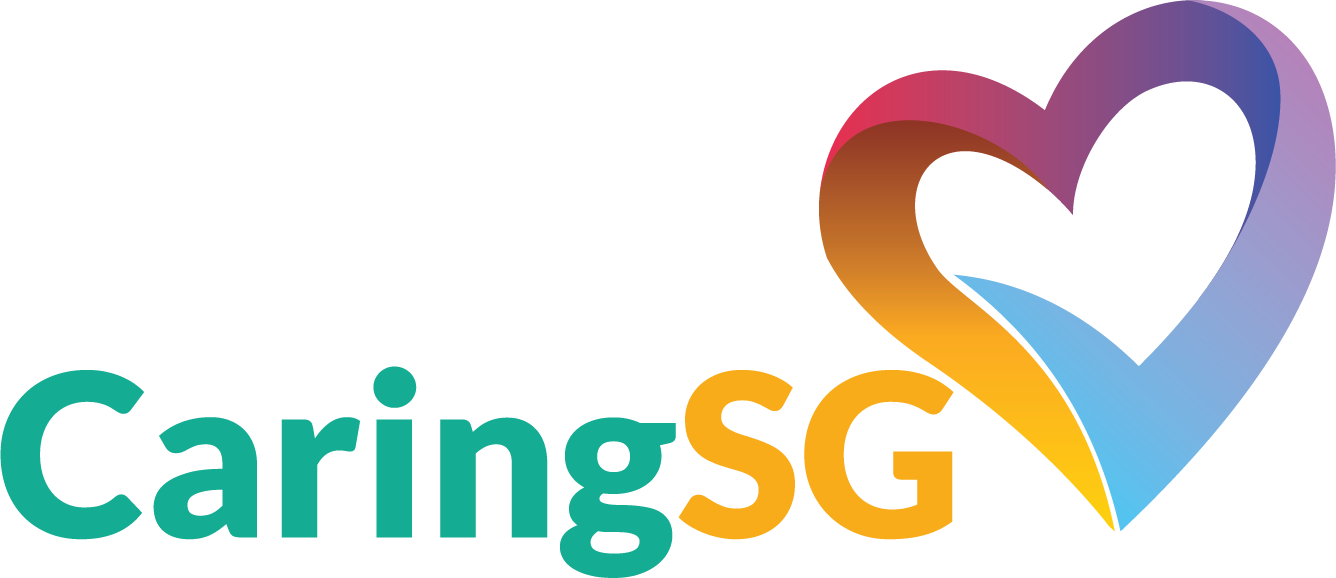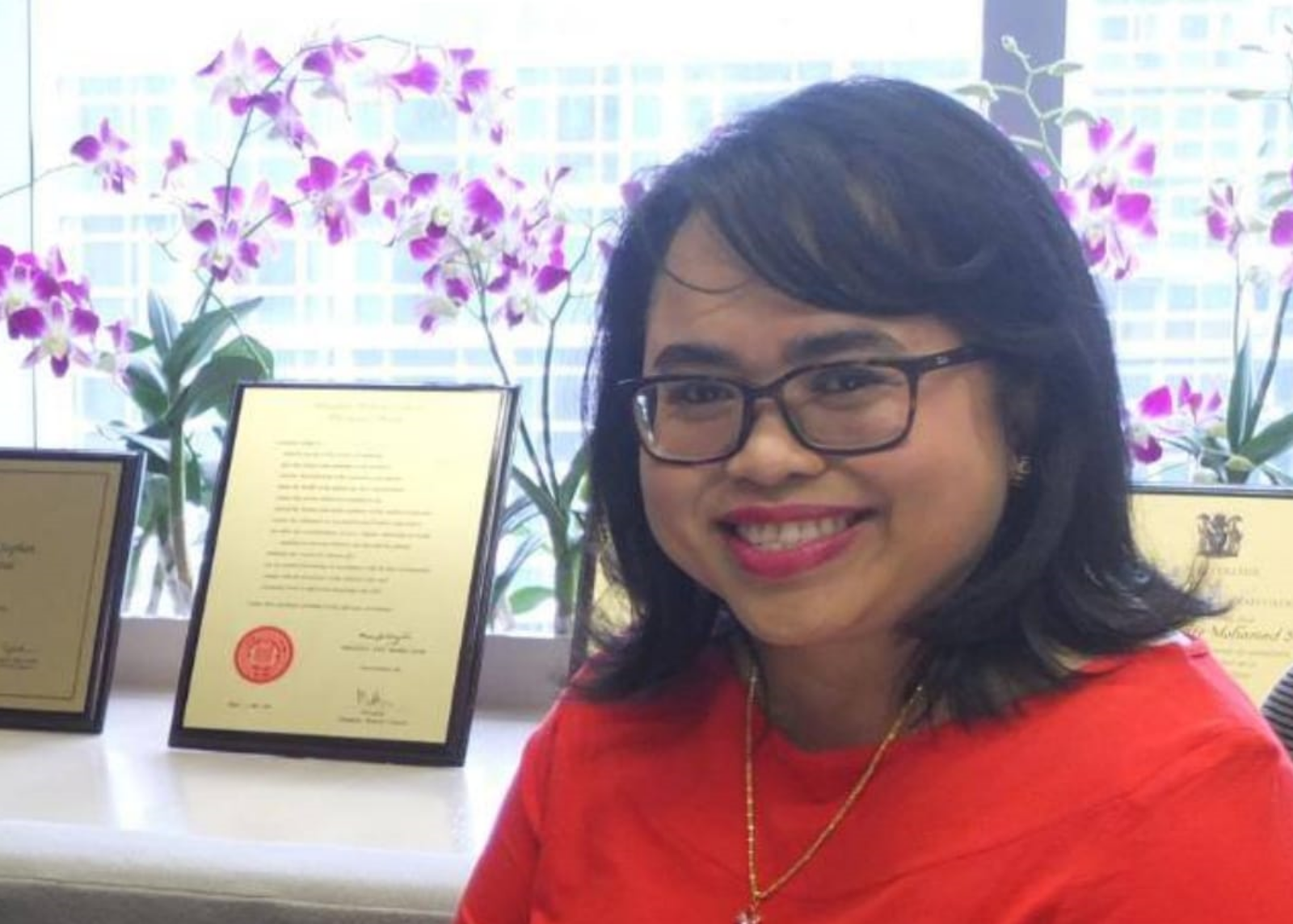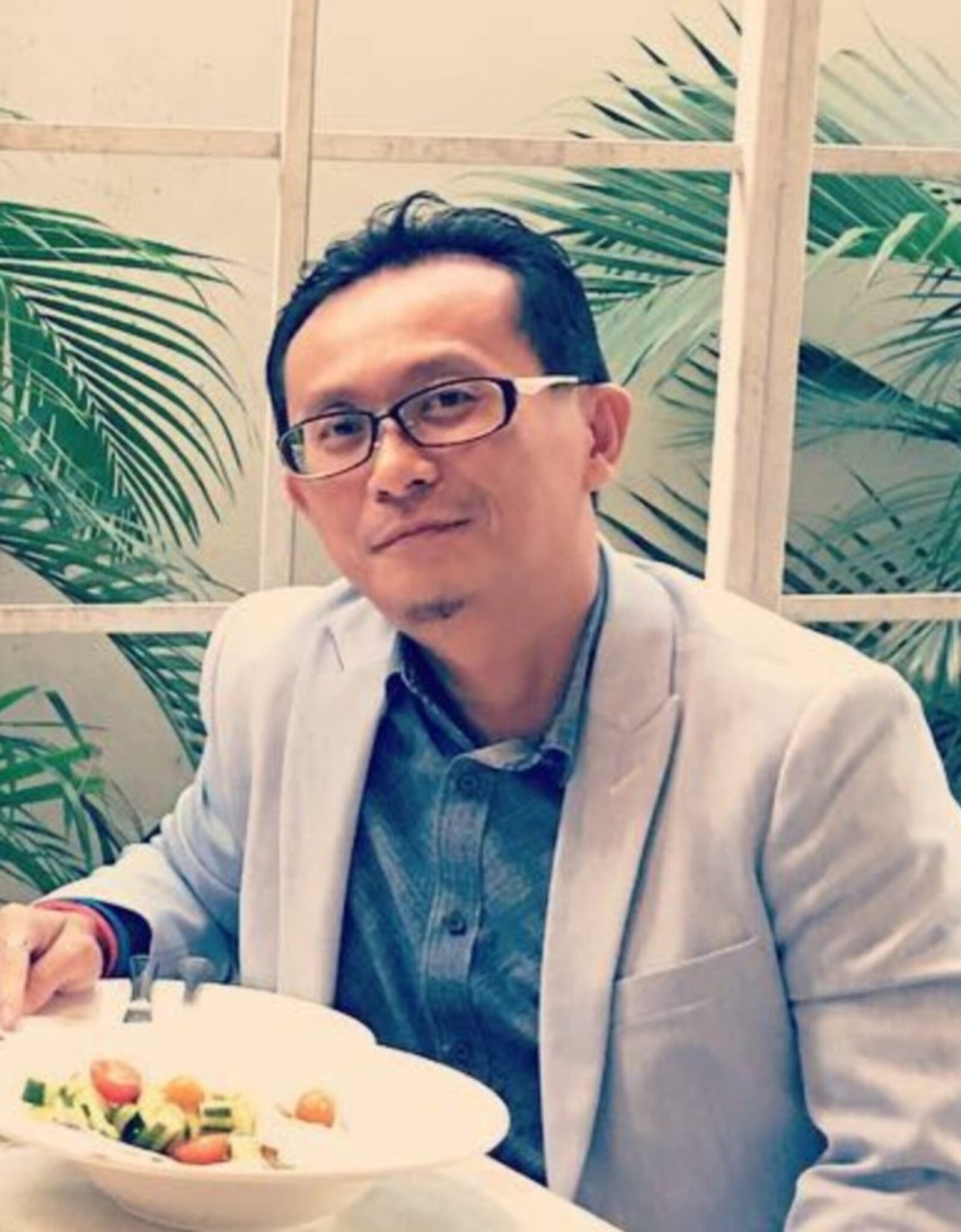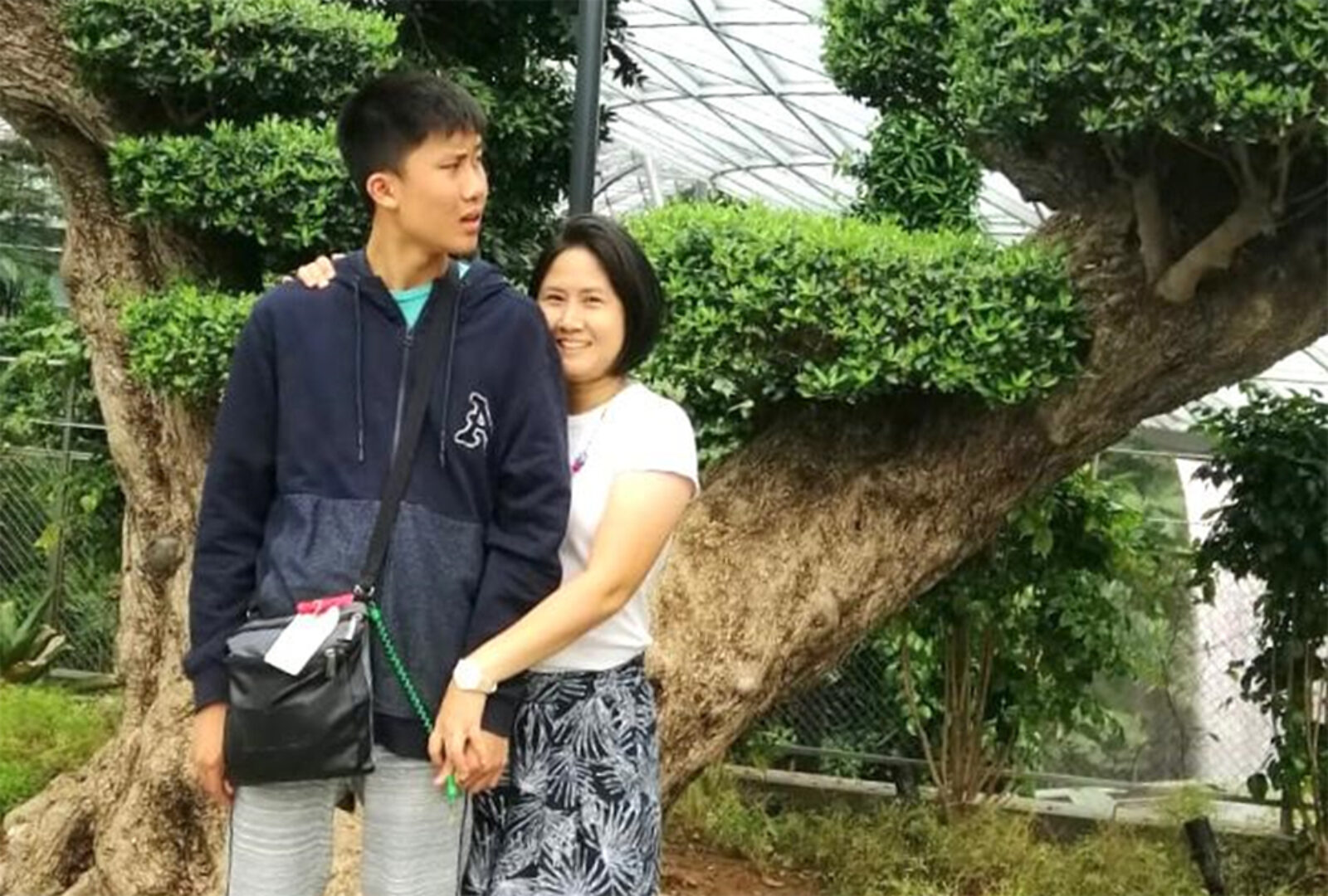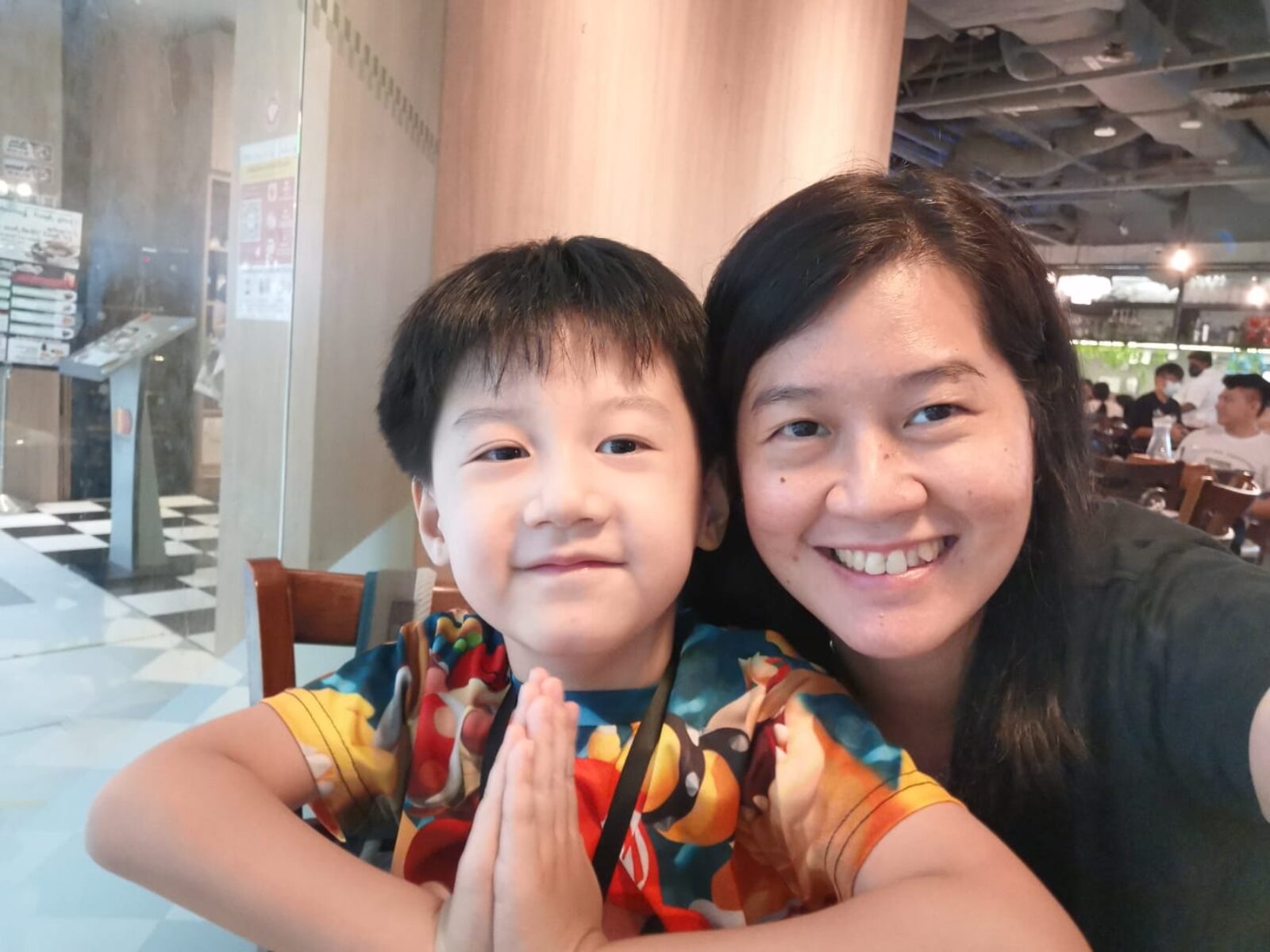Increasing Awareness, Acceptance, and Inclusivity – from our Board Member, Dr Nurhidayati M Suphan
April is World Autism Month, dedicated to increasing awareness about Autism Spectrum Disorder. The autism community needs acceptance, more crucially, from society at large.
From Despair to Hope, A Caregiver’s Emotional Journey – By Kelvin Seah
Kelvin Seah is a father to two boys. His younger son was diagnosed with autism when he was six. How did he progress from despair to hope?
Walking With Wei Ping, A Special Mum
Walking through Wei Ping’s story as she shared over coffee, was like experiencing the dramatic highs and lows of a caregiver’s emotional journey.
How Do Special Needs Caregivers Survive and Thrive?
Caregiver support groups play a critical role for special needs caregivers by providing us with the networks and resources we need.
How Can I Create My Own Caregiver Support Group?
How can caregivers start or run their own support group? Here are some tips from caregiver Vivi Xie who started hers in 2017.
